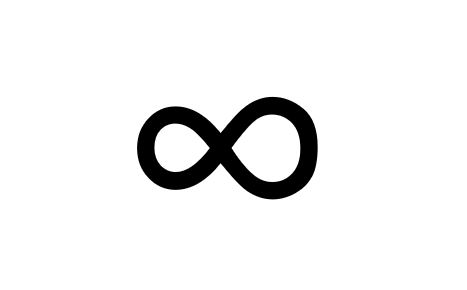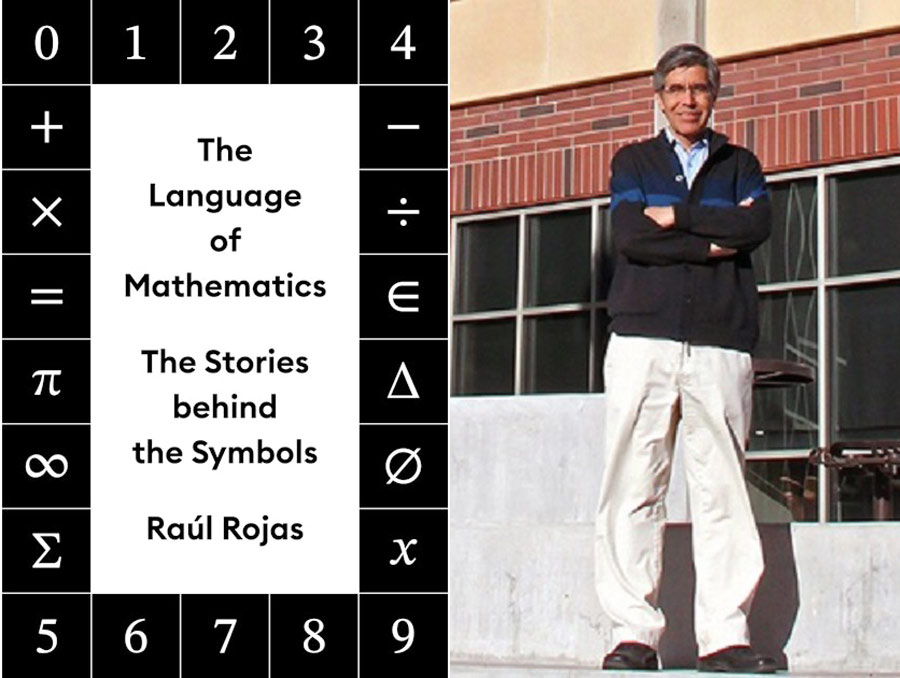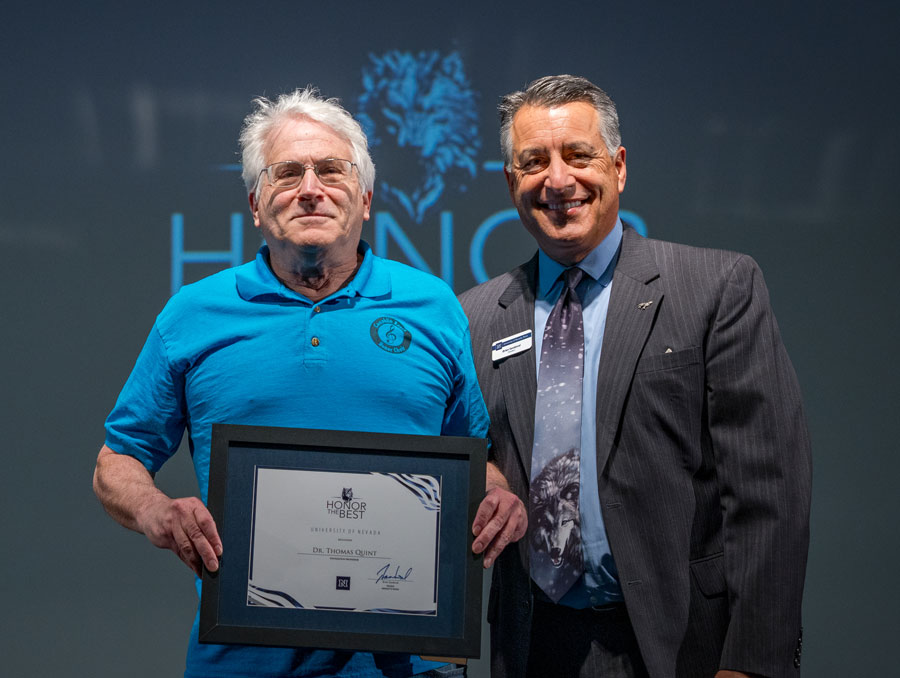
Find more answers here!
“Why are these symbols in my math problem?”
It’s a complaint many algebra teachers are familiar with, as more letters and symbols are introduced with progressively harder courses in mathematics. But why did the plus symbol emerge as the favorite for expressing addition? What does the backwards “E” mean in the precalculus class most students will take at the University?
In “The Language of Mathematics: The Stories behind the Symbols,” recently translated into English by Eduardo Aparicio and published earlier this year by Princeton University Press, math professor Raúl Rojas takes a deep dive into the symbols that end up on homework assignments and chalkboards all over campus.
Rojas, the Fred D. Gibson, Jr. Endowed Professor in Science, has taught courses in several areas of math. Rojas first published the book in Spanish in 2018. The book contains short stories about the main symbols mathematicians encounter in their work.
How did you get the idea for this book?
The book came from years of teaching a seminar on the history of mathematics, where I assigned students a symbol in mathematics to research. The book received the International Ruy Perez Tamayo Award for popular science books that year.
What is your favorite symbol?
My favorite symbol is the symbol for infinity, used across all of mathematics, but especially in calculus.

This symbol was introduced by John Wallis, Newton’s teacher, in the 17th century. However, the shape itself, known as the lemniscate, has been around since ancient times.
Why was the lemniscate used for infinity?
There are many theories about why Wallis picked that symbol. One of the most interesting is that the Romans used the symbol CIƆ for representing 1000, and that sometimes the meaning of that symbol was just “large quantity.” The Roman numeral looks like Wallis’s symbol. Another theory is that the symbol looks like a ribbon on which you can move around and around, without end. But we will never know exactly, I guess.
Are there other ways of representing infinity?
Before Wallis, mathematicians just wrote “ad infinitum” and it seems that the full word for infinity was also used in other languages. The Greeks said “apeiron,” which means unbounded. So actually, the Wallis symbol is probably so successful because before him we could only use words to deal with the infinite.
As a mathematician, how did you find writing about math for a lay audience?
I have always been interested in the history of science and technology. I’ve written several books about the history of computing. “The First Computers,” published by MIT Press, has been selling for over 25 years. I was fortunate enough to meet Konrad Zuse, the inventor of one of the world's first computers, in Berlin. Since then, I have published two books about his early machines, the most recent in 2023.
You can learn more about the symbols of math in Rojas’s book, available for purchase online, or check out the book from the University Libraries.
















